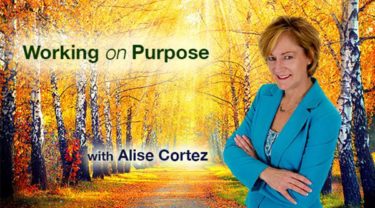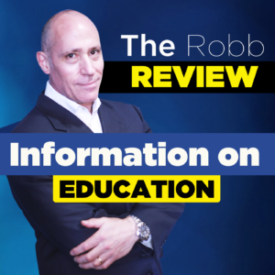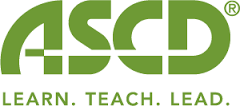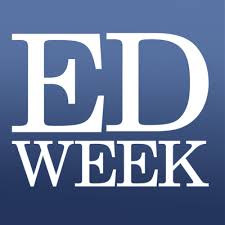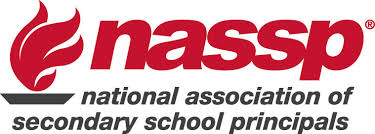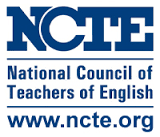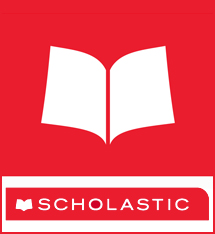Thinking about Criticism and Critique
By: Lester Laminack
We live on a twenty-two-acre portion of an old farm nestled in the mountains of western North Carolina. Our property has acres of woods and acres of open meadows where cows grazed, and hay was harvested. I keep those meadows mowed. It takes about six hours on a small tractor to mow all of them and I do that at least twice each month. Six hours sitting on a tractor, wearing sound-muffling-headphones, is a great time to think. It is actually one of my new revision tools and a great time for reflection. When I am writing and hit a wall, I start the tractor and mow and think. When something is troubling me, I mow and think.
Recently I was obsessed with the words: critic, criticize, criticism, and critique. I was rolling them around in my mind noticing their similarities and reflecting on how we interpret them. It seems that we are in a time when critics are present at every corner and on every tweet and post. News outlets and social media seem to thrive on criticism. I can’t speak for anyone else, but I find all that negativity draining, and it has me thinking.
Some may argue it is only semantics, but I believe we feel the difference between criticism and critique. In my mind, criticism almost always comes from a negative place. Criticism lifts up what is wrong, incorrect, missing; all the negatives. Criticism seems to delight in finding flaws and flaunting them. You aren’t likely to want to help if someone says: “Just stop, that’s not how you load the dishwasher. You don’t put the plates in like that. Good grief.” Negativity never helps me move forward, improve, or make change. In fact, I find my reaction to negativity is quite the opposite. Negativity most often leads me to pull back, to withdraw, to avoid.
I view critique, on the other hand, as coming from a positive place. Critique is what my editor offers when we have a conference to talk about one of my projects. She points out the strong parts of the manuscript, she lifts up what is working well, she speaks to those places where the language “sings”, where the characters and the dialog move the plot along, and points where the story “shines.” Then, within the context of that safety net of support, she draws a tight focus on a couple of places that are not working as well. Any attention to negatives is presented within the context of what is working, and she shows how the negative bit she chooses to highlight is detracting from all that is working well.
If you are thinking this is some sort of coddling or ego management, then so be it. I’d rather think of it as guidance. Within the context of what is working well, the negative can be seen more clearly, more objectively. That is to say when negatives are presented in this way, I am able to see more clearly why something isn’t working and how it detracts from the story I’m trying to tell. Critique helps me to understand what I do well, what I have under control and gives me a window into where, how, and why I can improve. I find that critique, when defined this way, actually makes me a better writer. The next draft is tighter because I can reflect on what is working as I address what is not. Because I understand the intentions of my editor, I am energized to jump back into the work knowing exactly where to focus my attention.
From this perspective, critique is an act of caring. It requires that you reflect on what works in addition to what doesn’t. It requires that you consider your comments within a context, to pause and recognize that something isn’t “wrong” simply because it isn’t the way you would do it (e.g. loading the dishwasher). It asks you to consider whether your suggestion is coming from a place of support and potential for growth. Critique is the positive energy of a critic.
Of course, this line of thought took me to school. It gave me pause and nudged me to examine interactions with both students and teachers. It is easy to notice the flaws, to see what is not working. It is easy to point those out. But, is it helpful? Is criticism beneficial to our students or our colleagues? I don’t think so, especially when criticism is coming from a negative place.
I find that criticism most often becomes a default mode when we are operating under stress. I believe most of you will agree that this has been one of the most stressful periods in our memory for our schools, our teachers, our students, and their families. When we are stressed, we are less likely to think clearly, less likely to consider the impact of our intentions, and less likely to think through how our feedback may impede or facilitate growth and positive change. With that in mind I invite you to pause and reflect the feedback you give your students when offering suggestions for growth.
Lester’s books are on Amazon!
Learn more about Lester Laminack, check out his website!
Follow Lester on Twitter @lester_laminack
![]()


